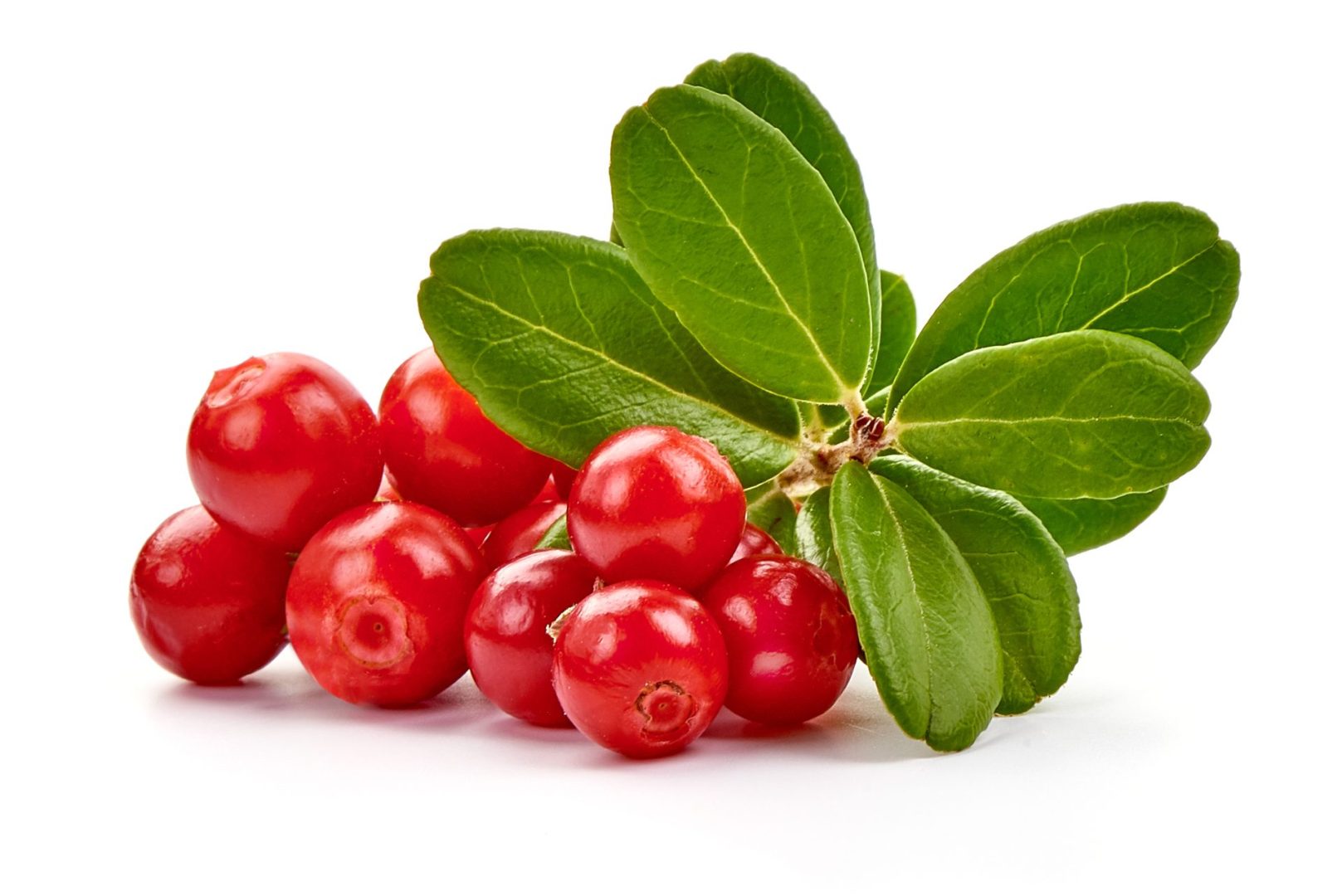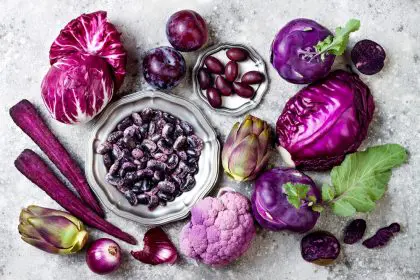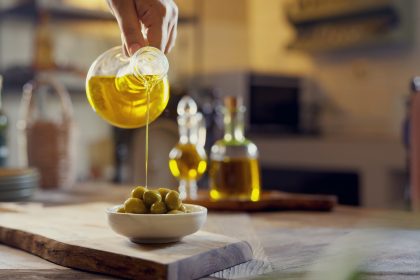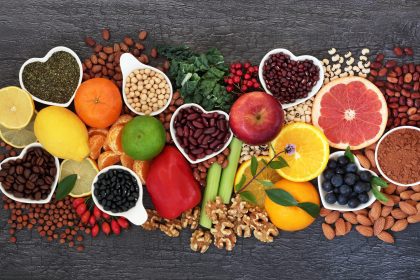Tucked away in the forests and bogs of northern regions, lingonberries have been a treasured wild food for centuries. These bright red berries, resembling smaller cranberries, grow on low evergreen shrubs that thrive in the harsh conditions of subarctic environments. Despite their longstanding importance in Nordic, Baltic, and North American indigenous cuisines, lingonberries remain relatively unknown in many parts of the world. However, their exceptional nutritional profile and versatility are earning these tart berries increasing recognition in global health and culinary circles. This comprehensive guide explores everything worth knowing about lingonberries, from their nutritional composition to traditional uses and modern applications.
Nutritional powerhouse in a tiny package
Lingonberries pack remarkable nutritional value into their small size. These vibrant red berries contain an impressive array of vitamins, minerals, and bioactive compounds that contribute to their health-promoting properties. Their nutrient density makes them stand out even among other berries known for their healthful properties.
The vitamin content of lingonberries includes notable amounts of vitamin C, providing approximately 25% of the recommended daily intake in a one-cup serving. This water-soluble vitamin supports immune function, collagen production, and acts as an antioxidant in the body. Lingonberries also contain vitamin A, vitamin E, and various B vitamins in smaller amounts, contributing to their overall nutritional value.
The mineral profile of lingonberries includes manganese, which supports metabolism and bone development, along with essential minerals like potassium, magnesium, and calcium. While not present in extremely high amounts, these minerals contribute to the berry’s overall nutritional benefits when consumed as part of a varied diet.
The fiber content in lingonberries deserves special attention, as they provide both soluble and insoluble fiber. A one-cup serving delivers approximately 4.6 grams of dietary fiber, supporting digestive health, promoting satiety, and potentially helping to regulate blood sugar levels. This fiber content contributes to lingonberries’ relatively low glycemic impact compared to many other fruits.
Perhaps most impressive is the berries’ exceptionally low sugar content. With roughly 5 grams of natural sugars per cup, lingonberries contain significantly less sugar than most common fruits, making them suitable for those monitoring carbohydrate intake. This natural tartness explains their traditional pairing with sweeteners in various culinary applications.
Antioxidant and anti-inflammatory properties
The deep red color of lingonberries signals their rich concentration of anthocyanins, the powerful plant pigments responsible for their distinctive hue. These compounds belong to the flavonoid family and demonstrate potent antioxidant activity in laboratory studies. The anthocyanin content in lingonberries exceeds that of many other berries, including strawberries and raspberries.
Proanthocyanidins, another class of polyphenols abundant in lingonberries, have shown anti-inflammatory effects in research settings. These compounds may help reduce oxidative stress and inflammation associated with various chronic conditions. The proanthocyanidin content in lingonberries is particularly high compared to other commonly consumed berries.
Lingonberries also contain significant amounts of quercetin, a flavonoid with demonstrated antioxidant and anti-inflammatory properties. Research suggests quercetin may help reduce inflammation, fight free radical damage, and support cardiovascular health. The presence of this compound contributes to the berry’s overall antioxidant capacity.
The total polyphenol content of lingonberries ranks among the highest in the berry family, with measurements showing greater antioxidant activity than blueberries in some analyses. This exceptional concentration of protective compounds helps explain the traditional use of lingonberries for health maintenance in northern cultures.
Resveratrol, the compound made famous by its presence in red wine, also appears in lingonberries in measurable amounts. This polyphenol has attracted scientific interest for its potential cardiovascular benefits and possible effects on longevity. While research continues to investigate these properties, the presence of resveratrol adds to lingonberries’ impressive phytochemical profile.
Potential health benefits under investigation
The metabolic effects of lingonberries have attracted research attention, particularly regarding blood sugar regulation. Preliminary studies suggest lingonberry consumption may help reduce blood sugar spikes after meals high in carbohydrates. The berries’ fiber content, low sugar profile, and certain bioactive compounds likely contribute to these potential benefits.
Cardiovascular health research indicates lingonberries may support heart health through multiple mechanisms. Their polyphenol content may help reduce inflammation in blood vessels, while their potassium and fiber content support healthy blood pressure and cholesterol levels respectively. Some research suggests lingonberry consumption may help maintain healthy blood lipid profiles.
Urinary tract health represents one of the traditional uses for lingonberries, similar to their cousin, the cranberry. The berries contain compounds that may help prevent bacteria from adhering to urinary tract tissues, potentially reducing infection risk. This property explains the traditional use of lingonberry in northern cultures for urinary health support.
Digestive health benefits from lingonberries stem from their fiber content and certain antimicrobial compounds present in the fruit. Traditional uses often involved consuming lingonberries to settle stomach discomfort. Modern research suggests certain compounds in the berries may help support beneficial gut bacteria while inhibiting potentially harmful microorganisms.
Brain health research into berries, including lingonberries, suggests their high antioxidant content may offer neuroprotective benefits. While human studies specifically on lingonberries remain limited, their rich profile of anthocyanins and other polyphenols aligns with patterns seen in other berries that demonstrate potential cognitive benefits in aging populations.
Culinary versatility and preservation methods
Traditional lingonberry preparations vary across cultures but commonly involve preserving the berries’ tart flavor while balancing it with sweetness. In Scandinavian cuisine, lingonberry jam or preserves accompany savory dishes like meatballs, pancakes, and porridge. This classic pairing provides a tart counterpoint to rich, savory flavors.
The natural preservative qualities of lingonberries make them uniquely suitable for simple preservation methods. Their high benzoic acid content acts as a natural preservative, allowing lingonberries to be stored in water with minimal processing. This traditional method, called lingon water, preserves the berries for extended periods without added sugar or cooking.
Modern culinary applications include lingonberry additions to smoothies, yogurt, oatmeal, and baked goods. The berries’ tart profile provides a refreshing contrast in sweet applications and can reduce the need for added sugar. Their vibrant color also makes them visually appealing in contemporary food presentations.
Preservation techniques beyond traditional methods include freezing, which maintains most of the berries’ nutritional value and flavor. Lingonberries freeze exceptionally well due to their firm texture and retain their shape when thawed, making them suitable for year-round use. This quality explains why frozen lingonberries have become increasingly available in markets outside their native regions.
Commercial lingonberry products have expanded beyond traditional preserves to include juices, powders, extracts, and dried berries. These products provide convenient ways to incorporate lingonberries into modern diets, though their nutritional profiles vary depending on processing methods. Whole, minimally processed forms generally retain more of the berries’ beneficial compounds.
Foraging and cultivation considerations
Wild lingonberry habitats include coniferous forests, bogs, and alpine environments across the Northern Hemisphere. The plants thrive in acidic, well-drained soils with partial sun exposure, often forming dense mats of vegetation in suitable conditions. These hardy shrubs have adapted to survive harsh winter conditions in their native ranges.
Foraging for wild lingonberries requires proper identification and sustainable harvesting practices. The berries typically ripen in late summer to early fall, often after the first frost, which traditionally signaled optimal harvesting time. Special berry-picking tools can facilitate collection while minimizing damage to the plants.
Commercial cultivation of lingonberries remains relatively limited compared to other berries but has expanded in recent decades. The plants require specific growing conditions, including acidic soil (pH 4.5-5.5), adequate moisture, and proper drainage. Commercial operations typically use specialized harvesting equipment adapted from cranberry production.
Home garden cultivation presents certain challenges but remains feasible in suitable climates. Lingonberry plants (Vaccinium vitis-idaea) grow slowly but require minimal maintenance once established. They perform best in raised beds with acidic soil amendments like peat moss and benefit from mulching with materials like pine needles or oak leaves.
Pest and disease considerations for lingonberry cultivation include monitoring for common Vaccinium pathogens like mummy berry, fruit worm, and various fungal diseases. However, lingonberries generally demonstrate good resistance to many common berry pests, making them suitable for organic growing methods.
Sustainability and environmental considerations
The ecological role of lingonberry plants extends beyond human uses to provide important wildlife habitat and food sources. The evergreen shrubs offer year-round cover for small mammals and ground-nesting birds, while the berries feed numerous species from bears to grouse. This ecological importance highlights the need for sustainable harvesting practices.
Climate change impacts on wild lingonberry populations present growing concerns. These plants have adapted to specific temperature ranges and seasonal patterns that may shift with changing climate conditions. Research indicates potential changes in berry production timing, plant distribution, and susceptibility to certain pests and diseases as climate patterns evolve.
Conservation efforts for wild lingonberry habitats focus on protecting the diverse ecosystems where they naturally occur. This includes monitoring commercial harvesting pressures, managing forest practices to maintain understory habitat, and protecting bog and wetland environments where many lingonberry populations thrive.
Sustainable commercial production increasingly emphasizes organic methods that minimize environmental impacts while supporting lingonberry health. These approaches include using natural pest management, conserving water resources, and employing harvesting methods that allow plants to regenerate effectively for subsequent seasons.
The carbon footprint considerations for lingonberry products vary significantly based on production methods, processing, and transportation. Wild-harvested or locally grown berries generally represent more environmentally friendly options compared to imported products shipped long distances. This factor becomes increasingly important as consumer awareness of food system sustainability grows.
Historical and cultural significance
Indigenous uses of lingonberries span thousands of years across northern regions. Various North American Indigenous peoples harvested the berries (known by names like mountain cranberry or foxberry) for food, medicine, and ceremonial purposes. Similar traditions existed among Sami people in northern Scandinavia and indigenous Siberian cultures, where the berries provided crucial winter nutrition.
Nordic culinary traditions feature lingonberries prominently, particularly in Swedish, Finnish, and Norwegian cuisines. The classic combination of lingonberry preserves with hearty meat dishes represents a cultural touchstone in these regions. Annual lingonberry harvesting remains an important seasonal activity connecting modern Nordic societies to traditional foodways.
Folklore and traditional medicine across northern cultures attribute various healing properties to lingonberries. These include applications for fever reduction, urinary complaints, and preservation of other foods. The berries’ natural preservative qualities made them particularly valuable in pre-refrigeration food storage.
Modern cultural significance includes lingonberries’ growing international recognition as a “superfood” representing Nordic health traditions. This status has elevated the berry from a regional specialty to a globally recognized health food, appearing on restaurant menus and in commercial products worldwide as interest in Nordic cuisine has expanded.
The economic importance of lingonberries varies regionally, from subsistence food in some areas to commercial crop in others. In Sweden alone, the annual wild lingonberry harvest reaches approximately 20,000 tons in productive years, supporting both domestic use and export markets. This economic activity provides supplemental income for many rural communities.
Accessing and selecting quality lingonberries
Fresh lingonberry availability remains predominantly seasonal and regional, with markets in Scandinavia, Russia, Canada, and northern United States offering fresh berries during fall harvest periods. Outside these regions, fresh lingonberries appear occasionally in specialty markets but represent a relatively rare find in most global locations.
Frozen lingonberries provide the closest alternative to fresh, retaining most nutritional benefits and flavor characteristics. These have become increasingly available in international markets, specialty food stores, and some mainstream supermarkets as global interest in the berries has grown. Frozen berries offer year-round accessibility while maintaining most beneficial properties.
Dried lingonberries present a convenient option with extended shelf life, though the drying process alters their nutritional profile somewhat. The concentration of certain compounds occurs during drying, while heat-sensitive nutrients may diminish. These products work well in baking, trail mixes, and as toppings for various dishes.
Lingonberry preserves and jams represent the most widely available form internationally, with varying quality depending on fruit content, added sugar, and processing methods. Traditional Scandinavian versions typically contain less sugar than many commercial fruit preserves, better preserving the berries’ natural tartness and nutritional properties.
Lingonberry powder, made from dried and ground berries, offers a concentrated form suitable for adding to smoothies, yogurt, or baked goods. This relatively new product format provides convenience while delivering concentrated antioxidants, though fiber content may be reduced compared to whole berries.
Lingonberry juices and beverages vary considerably in actual berry content and added ingredients. Pure lingonberry juice offers substantial nutritional benefits but presents an intensely tart flavor that many producers offset with sweeteners or blending with other juices. Label reading becomes essential to assess true lingonberry content in these products.
The remarkable nutritional profile, culinary versatility, and environmental adaptability of lingonberries make them worthy of greater attention in global food culture. As research continues to investigate their potential health benefits, these tart red berries from northern forests increasingly appear in diverse culinary applications and health-focused products worldwide. Whether enjoyed in traditional preparations or modern adaptations, lingonberries offer an impressive combination of nutritional density, distinctive flavor, and cultural heritage that deserves appreciation beyond their native regions.












